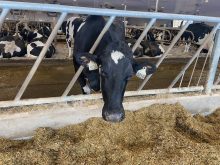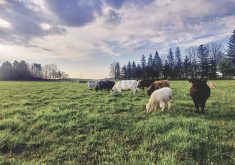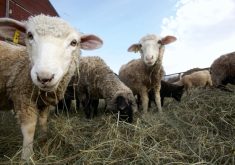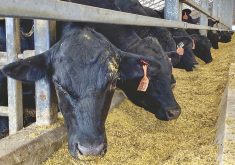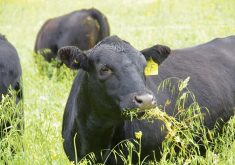Methane-reducing feed ingredients and emissions-focused breeding programs have the potential to significantly reduce the amount of greenhouse gas emitted by livestock.
For the latter, however, new research from Scotland’s Rural College highlights opportunities for breeders to focus on the DNA of an animal’s gut bacteria, not just DNA and methane production levels of the animal itself.
According to Rainer Roehe, professor of animal genetics at the college, the key to lowering methane emissions from beef cattle lies in microbial genetics. That is, a study of the mechanisms of heritable information in microorganisms.
Read Also
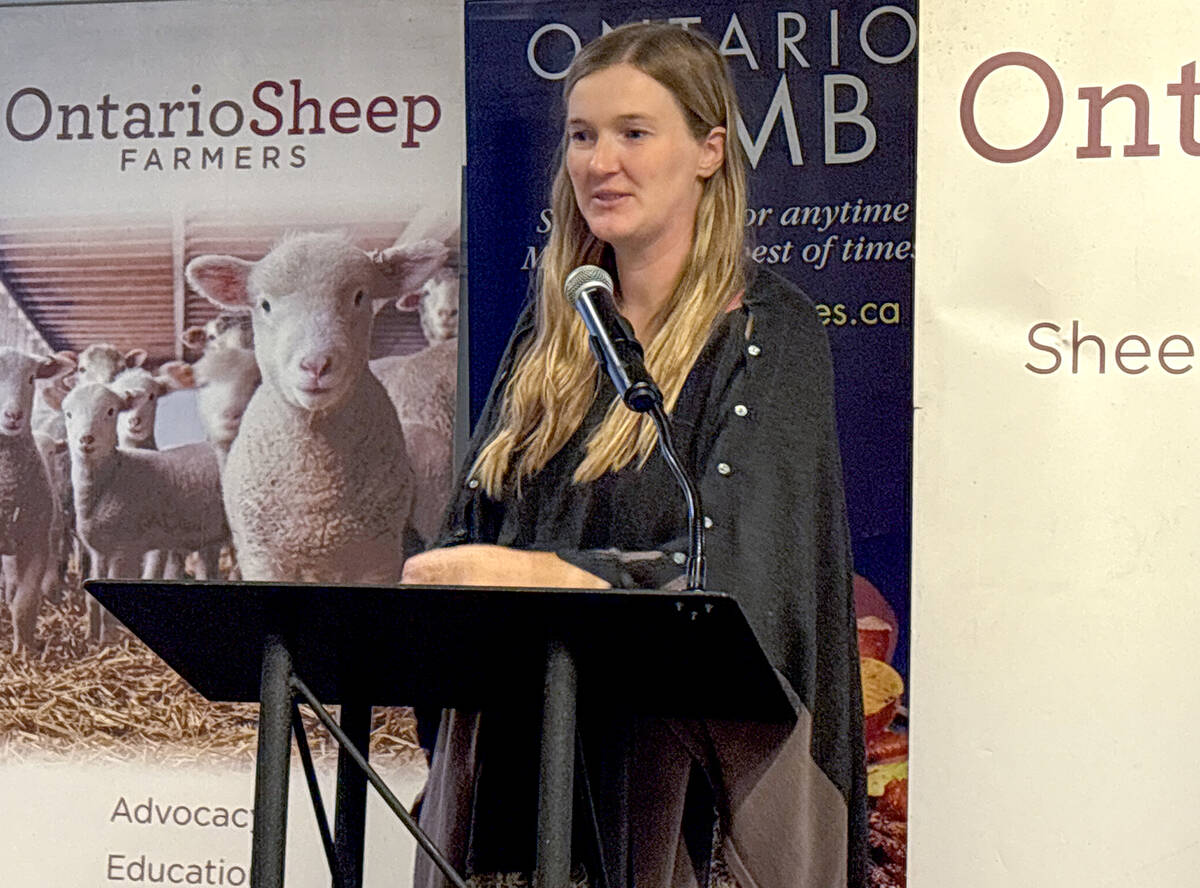
Footflats Farm recognized with Ontario Sheep Farmers’ DLF Pasture Award
Gayla Bonham-Carter and Scott Bade, of Footflats Farm, win the Ontario Sheep Farmers’ 2025 DLF Ontario Pasture Award for their pasture management and strategies to maximize production per acre.
Why it matters: Microbial genes could help livestock breeders achieve greenhouse gas reduction targets more quickly, without sacrificing other elements critical to food production.
Roehe says the college’s standard method of measuring methane emissions and feed efficiency from cattle involves use of respiration chambers. Researchers noticed some cattle emitted substantially lower volumes of methane gas despite being from the same herd, same breed, living in the same conditions and being fed the same diet as their more gaseous counterparts.
During a joint University of Guelph seminar on Oct. 12, Roehe said he and his colleagues noticed a greater abundance of specific microbial genes in the higher-emission cattle. The next step was learning which microbial genes were responsible for the bulk of methane production, and whether they could be inherited by offspring.
From 369 heritable microbial genes identified, only a few were found to be directly involved in methane production. The correlation of “microbial proxies” to methane emission levels has since proven to be an accurate and inexpensive indicator of whether an animal will emit more greenhouse gas.
“This shows the microbial genes are much more informative than even measuring methane,” said Roehe. He added that the combined affordability and accuracy of predicting an animal’s emission potential via microbial genes would allow breeders to develop more efficient animals quickly and effectively.
Microbiome-based breeding is independent of dietary interventions such as seaweed and other feed additives that reduce methane emission in cattle. Roehe said this indicates the strategies can be combined to reduce greenhouse gas emissions further, while improving feed efficiency.
Standard methods of methane-emission measurement, as well as feed efficiency measurements, can be used.
“We found microbial-driven breeding had even higher success than breeding based on measured methane emissions using respiration chambers. We did the same for feed efficiency … a combination of microbial breeding and (breeding based on feed efficiency) had an even larger improvement.”
This research was presented with other projects that highlighted the potential of new technologies to improve Canada’s and Scotland’s agricultural systems both environmentally and economically.
Roehe said he hopes to collaborate with Canadian researchers and industry to bring their findings to the field.






